What is an Oil and Filter Change?
Engine oil is the lifeblood of the engine. All internal moving parts of the engine need to be lubricated by the engine oil. Inadequate lubrication will cause the parts to wear out faster and eventually lead to engine failure. An oil filter keeps the oil clean and free of debris. If the filter is not replaced on a regular basis, it will get clogged and will not be able to pass oil while it circulates in the engine.
At the Drivers Doctors, we recommend replacing the oil and filter every 5,000 miles or six months. Synthetic oil (versus regular or conventional oil) is cost effective. It’s lubrication properties are better and you will not need oil changes as frequently. If you notice any fluids in your driveway, you should get it inspected immediately. Do not drive your car with low engine oil. It can severely damage the engine.
Regular oil changes are generally considered the most important maintenance service for your car. To avoid severe engine damage, this simple, inexpensive service should be regularly scheduled.
It is best to follow the maintenance schedule provided by the manufacturer. The Driveway Doctors provide you the convenience by coming to your home or office. All work on your vehicle can be done on site and it comes with a 1yr/15k warranty. This is valid on most makes and models.
When you step on the brake pedal, the master cylinder sends fluid under pressure to the brake calipers which hold the brake pads. The caliper presses the brake pad against the brake rotor, causing friction that slows down the car. Brake pads wear out and become thinner, during normal usage of the brakes. If the thickness of the brake pads is less than 3mm, it is time to change the pads. City driving tends to wear brake pads out quicker. Brake pads usually last between 30,000-35,000 miles. Some vehicles like BMW’s are equipped with a low-pad-warning system. In these vehicles, you need to replace the “brake sensors” as part of the brake pad service.
Brake pads are replaced in pairs. Keep in mind that if you choose front brake pads, both front wheels should get new brake pads. The same situation applies for rear wheels. The brake rotors, calipers, hoses, and brake fluid conditions should also be inspected. The brake system should be inspected if the brake-warning light is on. The mechanic should also measure the thickness of brake pads, every 12-15 months.
The common symptoms that indicate the need to replace the brake pads include: grinding, squealing or screeching noise when you apply brakes; the brake pedal is lower than normal; the brake or low-pad warning light is on; and vibration in the steering wheel.
If you drive your vehicle with worn-down brake pads, your braking distance increases, you damage the brake rotors (which are more expensive than brake pads), and most importantly, you put yourself and others at risk.
The water pump, a container made of aluminum or iron, is part of the cooling system. It contains an impeller (that looks like a fan) which circulates water and engine coolant throughout the cooling system. It keeps the engine from overheating. It is located in the engine compartment.
For the water pump to work, it needs to turn. This is accomplished either by the drive belt or a timing belt chain. If the water pump is not working, the coolant will not circulate through the cooling system causing the engine to overheat and get severe damages.
Our recommendation:
If you see coolant underneath the car, have the cooling system inspected for leaks. Always keep up with the service intervals as specified by the manufacturer and get the coolant replaced every 50,000 miles. This will help ensure a long life for the water pump and, the entire cooling system.
The timing belt is a rubber belt located in the engine compartment behind the drive belts. It’s job is to keep the crankshaft in sync synchronized) with the camshaft(s), ensuring the proper timing and operation of the engines valves and the engine.
When replacing a timing belt, keep in mind to also replace the water pump, tensioner, and pulleys. If the pulleys and tensioners should fail after only replacing the belt, it can cause valve or piston damage and lead to more expensive repairs in order to have the engine run properly. It is therefore important to consider replacing the whole set. The timing belt drives the water pump, which is true in 60% of the cars.
Replace the water pump only if it is driven by the timing belt. Remove the engine timing cover; then remove and replace the timing belt, water pump, pulleys, and tensioners. Reinstall the timing cover and all removed parts. Start the engine; then check the engine timing as well as look for cooling system leaks. Follow the maintenance schedule provided by the manufacturer and replace the timing belt as recommended.
The labor cost of replacing the water pump is significantly higher than the cost of the pump. Therefore, while replacing the timing belt, it is cost effective to replace the water pump; as well as the timing belt pulleys and tensioners. The tensioner applies pressure to the timing belt keeping it tight, while the pulleys keep the timing belt in line. These components are sealed units that contain bearings (they cannot be lubricated on a regular basis). The bearings wear out over time and may seize, causing the timing belt to come off, which can cause major internal engine damage. The common symptom that may indicate you need to replace the timing belt is the abnormal squeaking coming from the timing cover area. Ignoring the replacement of a timing belt could result in major engine failure down the road. You should not wait for your timing belt to break; it must be serviced regularly.

Water Pump Replacement







